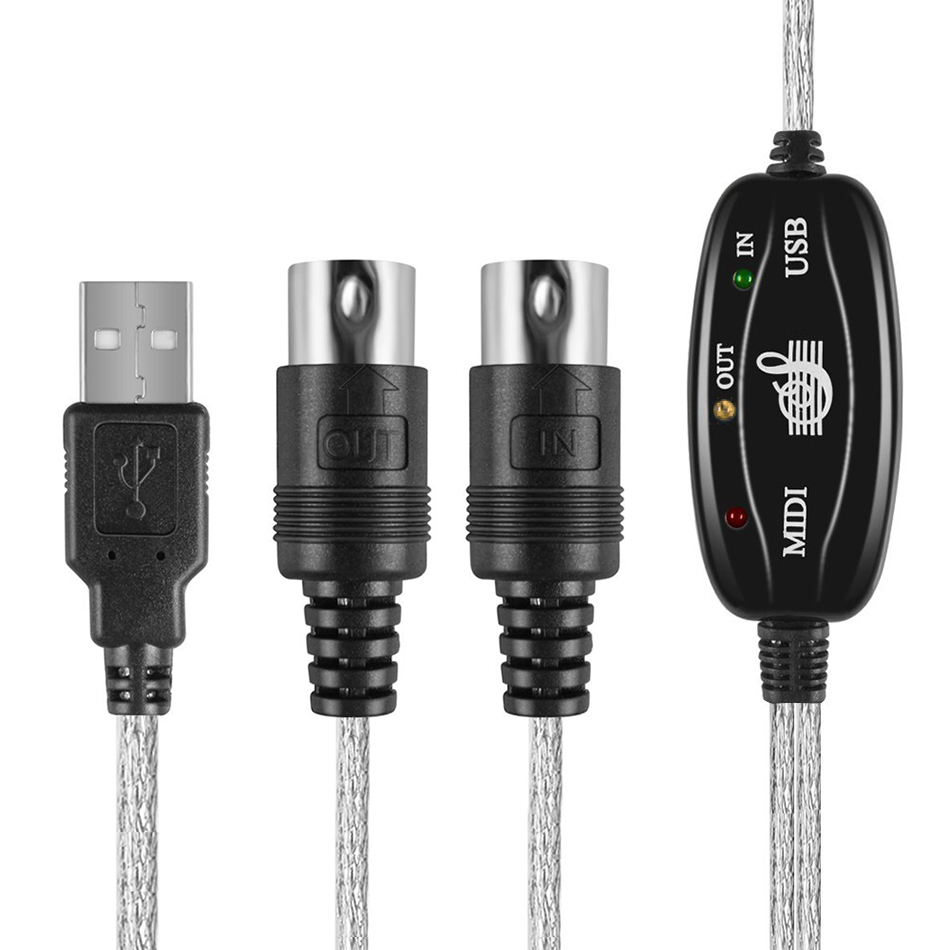

It’s almost universally accepted with controllers and keyboards post 2010.

If you have vintage equipment that you want to control through a modern keyboard or controller, you’ll need a MIDI connection (MIDI in, MIDI out).Although most keyboards and controllers nowadays have both connections allowing you to create the music you want without limitation, some may have one or the other – so be aware. If you’re wondering whether a MIDI controller or keyboard is better to get a hold of rather than a USB keyboard, you need to consider a few things like what you’re going to be using it for, how you want to connect your device and whether you want to be able to use older machinery alongside it.

Why would I choose MIDI over USB and vice versa? This could include samples that you have created via an in-built microphone. USB can send large packets of information, such as real-time audio and very detailed controller information.
 MIDI can only send and receive very small packets of data (note on/off - prog change - etc) basically just a set of instructions about what note to play and how i.e. MIDI connects via a 5 pin connection, whereas a USB connects via, well, a USB! The major difference between the two types of controller is the way they connect. The differences between USB and MIDI controllers Well, let me break it down for you and provide some examples of controllers and keyboards and highlight what you might be using them for to give you a better understanding. So what are the major differences between USB and MIDI, I hear you ask? However, when you want to get a little more serious about creating your perfect sound, you’ll notice that the differences between USB and MIDI controllers becomes quite apparent, especially when it comes to compatibility. If you’re creating electronic music of any kind, chances are you’ll come across a USB and a MIDI keyboard or controller.
MIDI can only send and receive very small packets of data (note on/off - prog change - etc) basically just a set of instructions about what note to play and how i.e. MIDI connects via a 5 pin connection, whereas a USB connects via, well, a USB! The major difference between the two types of controller is the way they connect. The differences between USB and MIDI controllers Well, let me break it down for you and provide some examples of controllers and keyboards and highlight what you might be using them for to give you a better understanding. So what are the major differences between USB and MIDI, I hear you ask? However, when you want to get a little more serious about creating your perfect sound, you’ll notice that the differences between USB and MIDI controllers becomes quite apparent, especially when it comes to compatibility. If you’re creating electronic music of any kind, chances are you’ll come across a USB and a MIDI keyboard or controller.








 0 kommentar(er)
0 kommentar(er)
